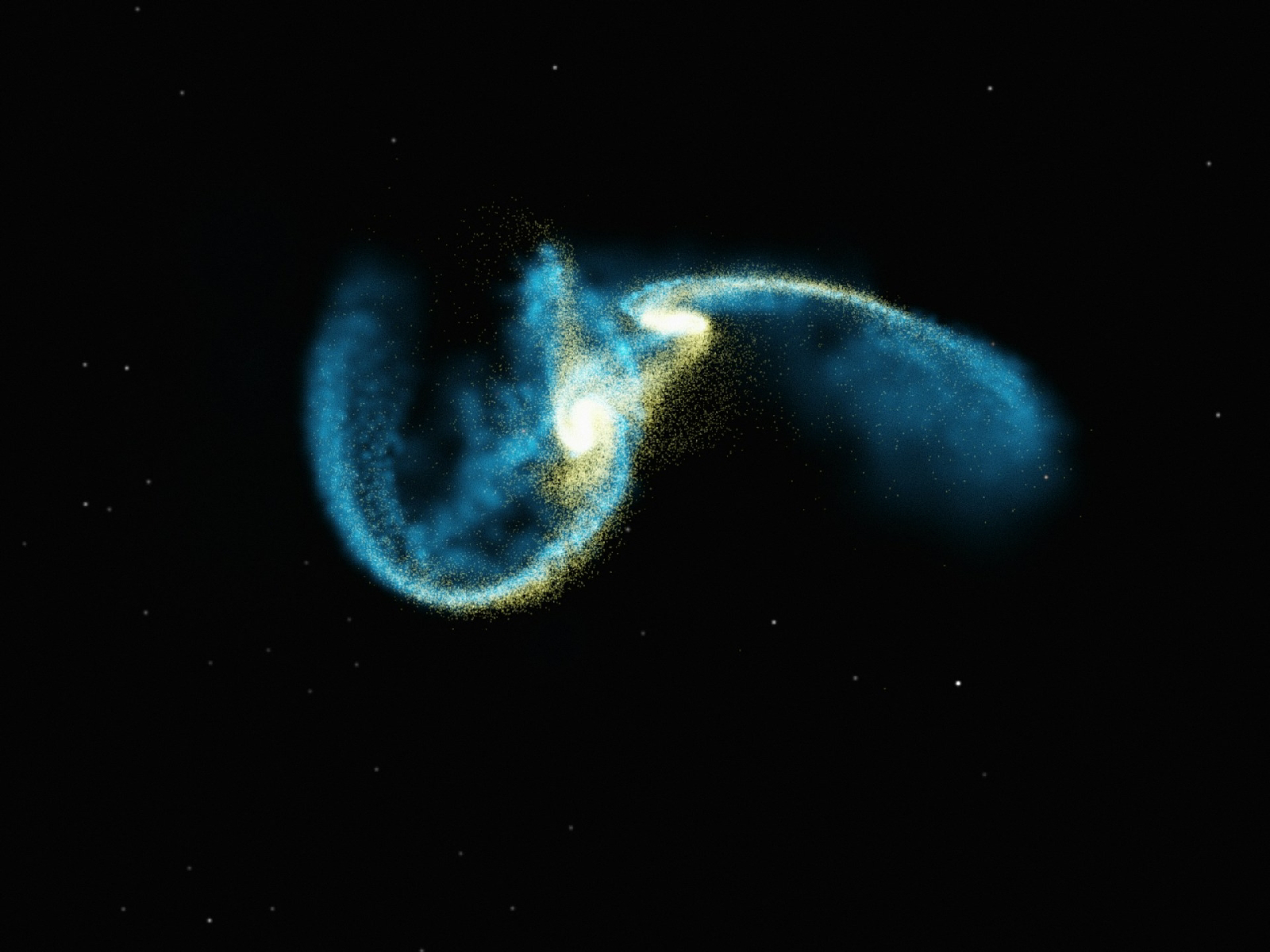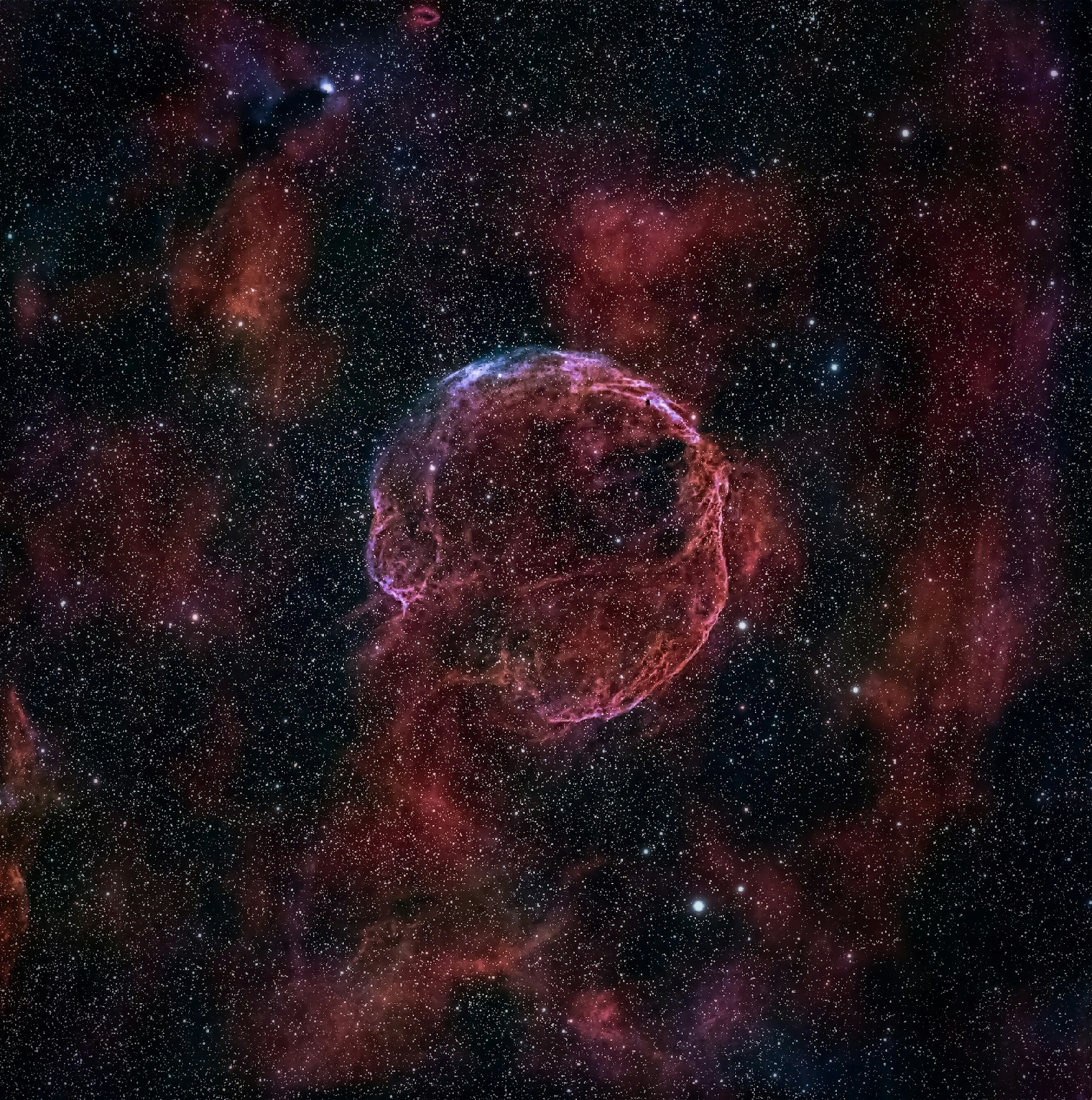Chapter 5: The Dance of Elements – The Matter Born in Stars
We’ve witnessed the end of the cosmic dark age and the birth of the first stars. The universe is no longer just a place of glowing light; it has become a stage where chemical diversity is born — where elements begin to form. But how exactly do these elements come into being? Do stars really act like factories that produce matter?
In this episode, we’ll dive into the extraordinary furnaces inside stars. We'll explore how carbon, oxygen, iron, and other elements are forged in stellar cores, how supernova explosions enrich the cosmos, and why people say we are made of stardust.
Beyond Hydrogen: The Power of Fusion
The first stars were primarily composed of hydrogen and helium. But creating heavier elements required extreme heat and pressure in their cores. Luckily, nature delivered.
Thanks to nuclear fusion happening deep inside stars, lighter elements began fusing into heavier ones:
- Hydrogen → Helium
- Helium → Carbon
- Carbon → Oxygen
- Oxygen → Neon, Magnesium, Silicon…
- And eventually → Iron
This process is incredibly powerful — not only does it make stars shine, it also enriches the universe with new chemical elements.
A Star’s Mass Shapes Its Destiny
Not all stars follow the same path. Smaller stars — like our Sun — fuse hydrogen into helium and eventually become red giants. They end their lives peacefully as white dwarfs, mostly producing mid-weight elements like carbon and oxygen.
But massive stars? They’re a different story.
These giants burn through their fuel quickly and fuse heavier and heavier elements. Eventually, after fusing silicon, they reach a limit — the production of iron. And that’s when everything changes.
The Iron Wall: The End of Fusion
Iron is the heaviest element that can be formed through fusion inside a star. That’s because creating iron doesn’t release energy — it consumes it. For the star, that’s a red flag.
As iron builds up in the core, the star can no longer resist its own gravity. Collapse becomes inevitable.
Supernova: A Cosmic Explosion
The collapse leads to a massive explosion: a supernova. The energy released is so intense that even heavier elements like gold, uranium, and platinum can only be formed in this violent chaos.
Supernovae also scatter all of a star’s internal elements into space. Everything from the calcium in your bones to the phosphorus in your brain was born in these cosmic blasts.
We Are Literally Stardust
Carl Sagan wasn’t exaggerating when he said, “We are made of star stuff.” Every heavy atom in your body was once formed inside the heart of a star and launched into the universe by a supernova.
Over time, this stardust came together to form new stars, planets, and eventually, the molecules that make life possible. In a very real sense, we are all remnants of ancient stars.
The Enrichment of Galaxies
Thanks to this cosmic recycling process, each new generation of stars was born into a richer environment. When the universe first began, there was only hydrogen and helium. But thanks to stellar alchemy, we now have an abundance of carbon, oxygen, nitrogen, iron — all essential for life.
This chemical richness set the stage for the formation of planets like Earth, and perhaps life elsewhere too.
Next Episode: The Birth of the Solar System – From Dust to Planets
In the next episode, we’ll see how the stardust scattered by earlier stars gave rise to new star systems. We’ll uncover the story of how our Sun was born, how Earth took shape, and why life began right here, on this very planet.






Comments